Director: Isaac Florentine
Cast: Jean-Claude Van Damme, Stephen Lord, Natalie J. Robb, Gary McDonald, Daniel Perrone, Scott Adkins, Andrée Bernard, Miles Anderson
Running Time: 95 min.
By Kelly Warner
Who needs a giant wall that costs upwards of $18 billion when you could just hire JCVD to man the border between the US and Mexico? Hey folks, that was me trying to make an eight year old film seem topical in a crazy election year. It’s a reach (but only just a bit) to try to make the film feel relevant to the conversations happening today (and, for that matter, relevant to the discussions we’ve been having over the past couple decades). For while The Shepherd: Border Patrol is an action movie dealing with drug smugglers at war with Border Patrol on the US/Mexico border, it manages to say as little as possible about the desperate illegal immigrants or the failing War on Drugs. It’s an action movie starring Jean-Claude Van Damme as a bunny-toting badass sorting out justice on the border—no more, and a little bit less.
Quiet guy Jack Robideux (Van Damme) arrives in a small New Mexico town carrying a rabbit. He’s not in town for more than a day before he’s breaking limbs in a bar fight and getting chewed out by his Border Patrol boss for being a loose cannon. If that sounds like the setup to an awesome action comedy to you, you’re not alone. Alas, the film flirts with comedy from time to time, but it’s clear that the script and the performers aren’t up to the job as most attempts at humor fall flat on their face. Robideux joins the Border Patrol agents at a time when they’re feeling outmatched against a new influx of drug shipments and violent action from across the border. But this isn’t just any cartel they’re dealing with. A group of ex-Army Special Forces has joined together with a Mexican drug cartel, bringing with them dangerous military tactics and a few lessons learned from the terrorists they previously fought in Afghanistan. Though most Border Patrol agents are more than willing to accept a payoff if it means avoiding conflict with ex-Special Forces, Jack Robideux is a standup guy that never backs down from a fight.
In the early goings, the Special Forces guys strap explosive C4 vests to the coyotes smuggling drugs and illegals across the border. The concept is both disturbing and also really effective. If the Border Patrol knows that the guys they’re trying to tackle to the ground are strapped to a bomb, maybe they’ll turn a blind eye. The tactic works… and then it’s immediately abandoned as the Special Forces go into their next phase, which includes turning a bus into a heavily armed mobile fortress. They cruise this thing across the border and end up in a firefight with Robideux, which sets off a series of violent shootouts as the fight heads back to Mexico.
The film features plenty of strong action sequences, mixing shoot ’em up gunplay with well-choreographed hand-to-hand martial arts. Van Damme’s fight scenes in The Shepherd are some of the best you’ll see from him in recent years. The big fight comes at the end when he must square off against Scott Adkins (Wolf Warrior), which allows both stars to pull off some good moves. The action of The Shepherd showcases brutal realism, sometimes bordering on becoming unsettling as we watch helpless innocents get gunned down in the crossfire between heroes and villains. The film is directed by Isaac Florentine (Close Range) and was made as the filmmaker was transitioning from low-budget action movies nobody talked about to the low-budget action movies that seemingly everybody talked about. Florentine’s done far superior work as a director in other films but there are a few flashes of style here that I enjoyed. He employs extreme close-ups and makes good use of every corner of the screen, reminding one of Sergio Leone’s trademark style at times, which fits the film’s Western themes. Florentine also uses zooms here more than most directors today would, which lends it the look of a 1970’s action film.
The story is a bit of a mess, though. Why did the Special Forces soldiers turn their backs on their country and become drug smugglers? Well, it’s a little vague, but I think they were upset that they weren’t celebrated as heroes for their time in Afghanistan… which seems like an unconvincing rallying cry, especially if that’s all it took to convince multiple men to join the cartel, fight the law, and kill civilians. Jack Robideux’s motivations make more sense, even if it’s drawn-out and doesn’t fully excuse Van Damme’s overly somber performance. Turns out his daughter (played by Bianca Brigitte Van Damme) overdosed on drugs, which made the narcos Robideux’s personal nemesis. For his character, this isn’t about saving America from drugs and violence, it’s about striking out at the smugglers—any smugglers—and getting some sweet revenge. There are other inexplicable character moments. Later on, the villains kill a civilian who meant something to Robideux’s boss. When Robideux offers his condolences, we are treated to a flashback to remind us of who he’s talking about—it’s actually a smart move, because the character seemed like little more than a glorified extra before his death, and so we didn’t know we were supposed to care that he died. It’s the sort of addition that feels like a last minute rewrite to add more drama, but they forgot to add that drama earlier on so they just threw it all on the tail end of the story.
There’s some entertainment to be had watching The Shepherd, though it doesn’t make up for the rest of the time when the film is dead on its feet thanks to poor writing and lame acting. A repeated joke has someone spilling coffee on Van Damme’s uniform. In the second instance, everyone’s laughing while he grumbles and walks off to change. That’s comedy! The Special Forces bad guys complain about America not appreciating their sacrifices, while they kill Americans. That’s… I’m not sure what that is. Irony? Credited to Hell on Wheels co-creator Joe Gayton and former Navy SEAL Cade Courtley (his only screenwriting credit to this point), the screenplay is a rambling, tone-deaf sideshow to the complex border situation. If there’s anything it’s actually trying to say about the War on Drugs or the US/Mexico border, the message is lost underneath the stupid tough guy dialogue, caricatures of slimy politicians, and set pieces that test your suspension of disbelief.
Kelly Warner’s Rating: 5/10







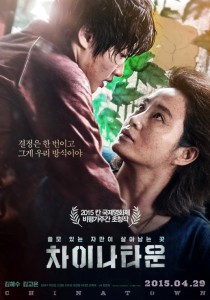


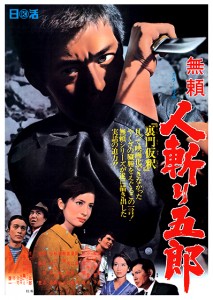
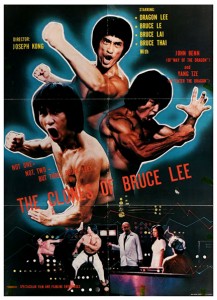
 I recently had the pleasure to conduct an interview with Tony Jaa (
I recently had the pleasure to conduct an interview with Tony Jaa (






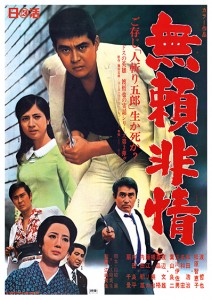
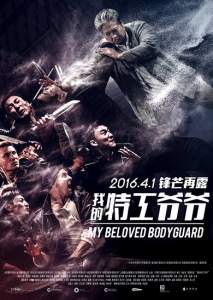





1 Comment